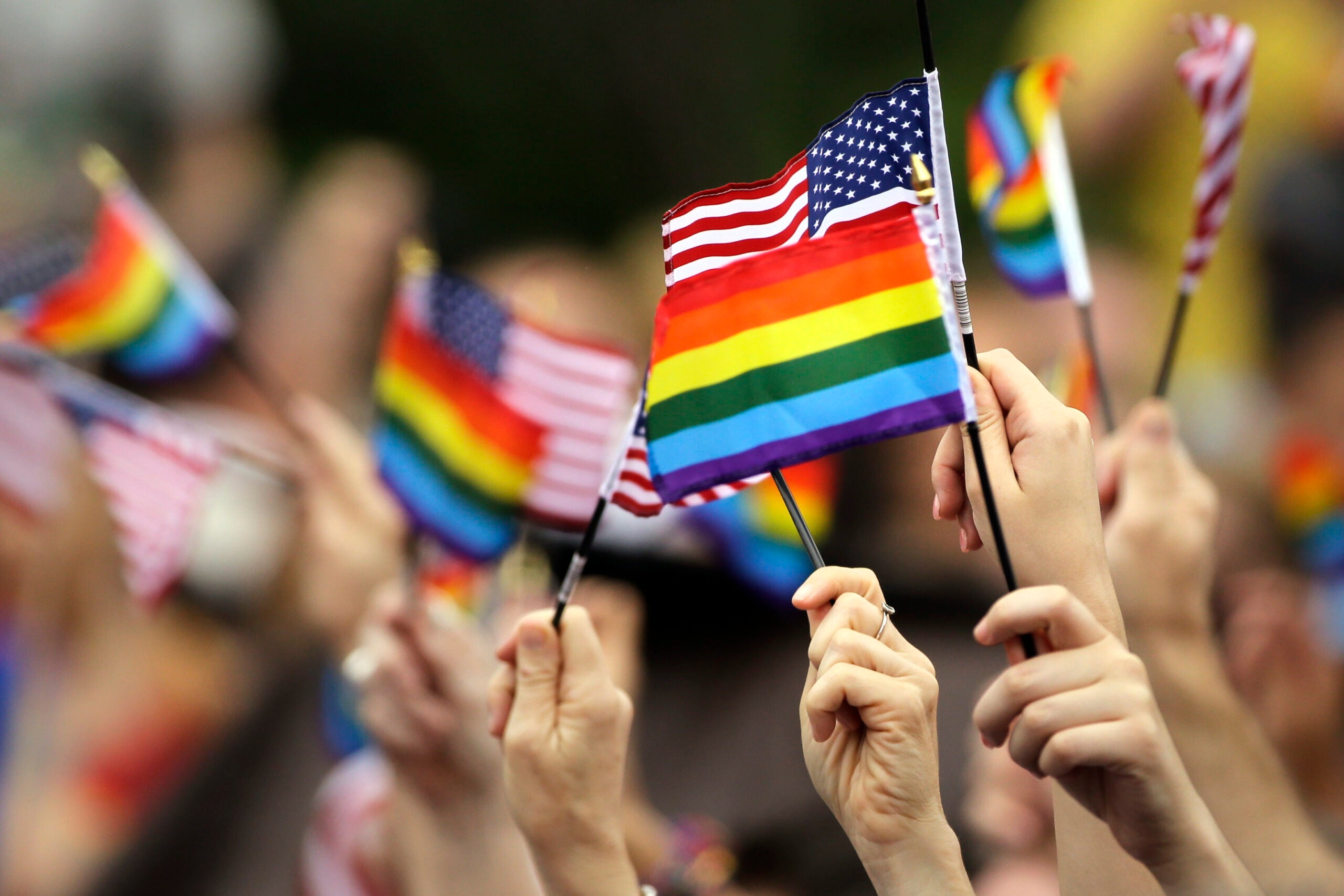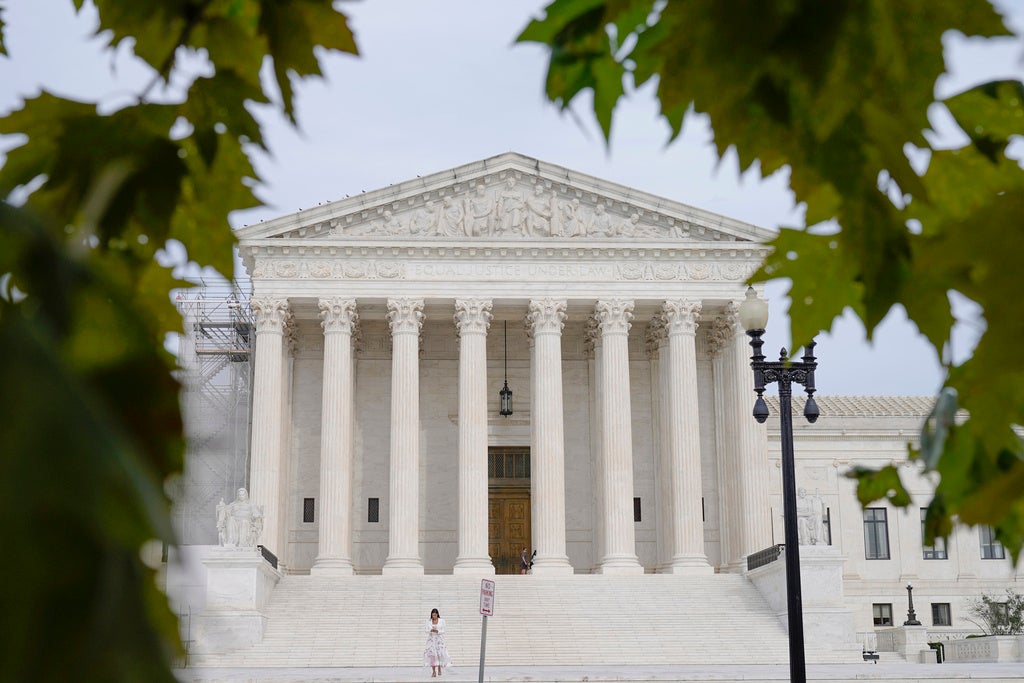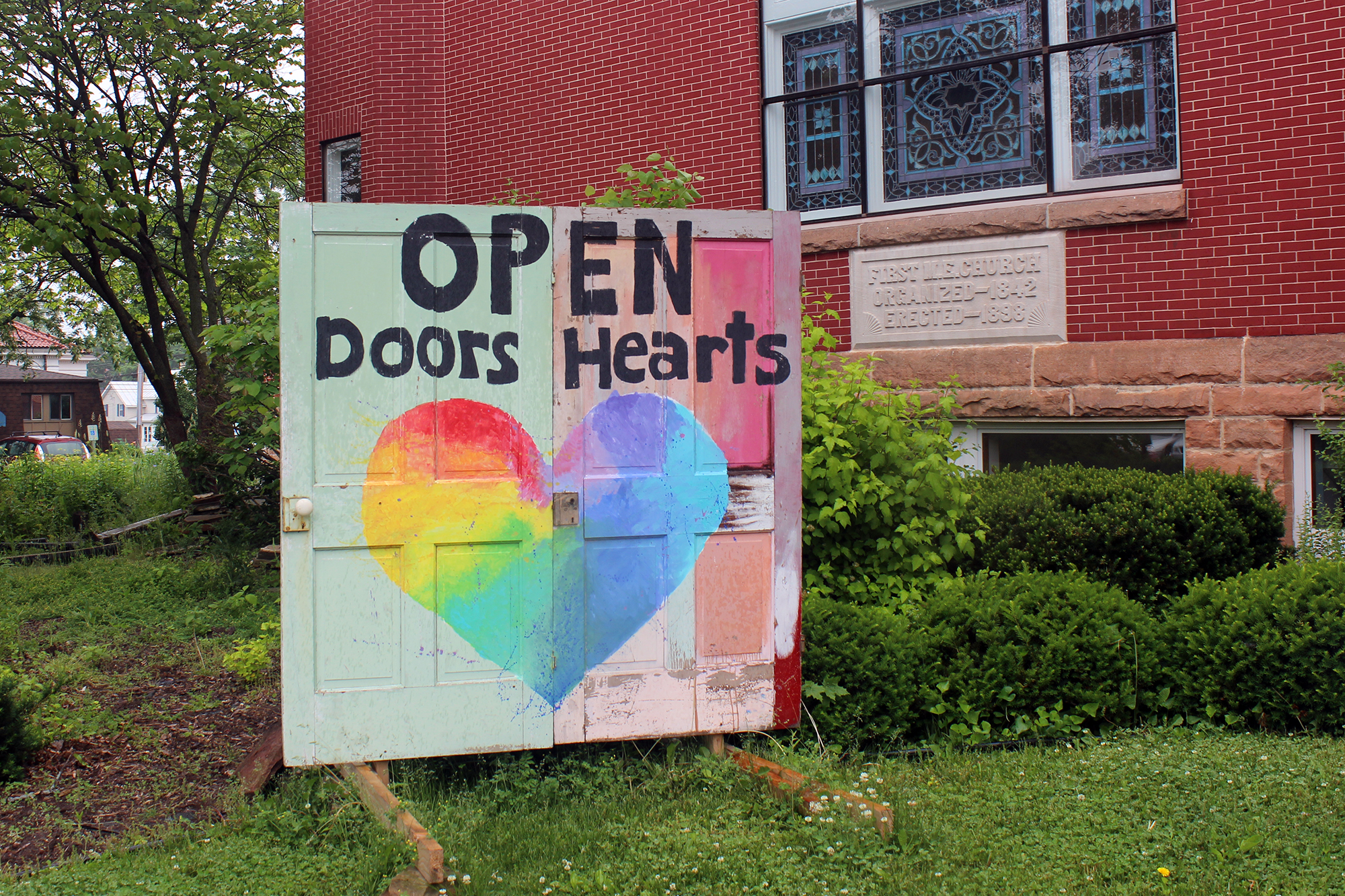The fifth edition of the Human Rights Campaign’s Municipal Equality Index shows Madison and Appleton scored the highest in the state for LGBT inclusiveness.
Madison was one of 60 cities across the country to receive a score of 100, while Appleton earned a score of 78. Each are part of the 25 percent of cities scoring more than 75 on the MEI. One hundred is the highest possible score.
The report, released Monday, looked at 506 cities across the country, including seven in Wisconsin, to determine how inclusive each cities’ laws and policies are. Cities got points for laws banning discrimination in employment and housing, and providing services focused on the LGBT community, such as a LGBT police liaison or task force.
News with a little more humanity
WPR’s “Wisconsin Today” newsletter keeps you connected to the state you love without feeling overwhelmed. No paywall. No agenda. No corporate filter.
Other cities evaluated in Wisconsin were Green Bay, Kenosha, Milwaukee and Racine. They received scores of 40, 37, 71 and 28, respectively. Oshkosh scored the lowest of the state’s cities with a score of 21.
The report shows cities are improving inclusivity during a year when lawmakers across 34 states have introduced hundreds of anti-LGBT bills, said Cathryn Oakley, senior legislative council at the Human Rights Campaign and author of the MEI.
“We see cities across the country who are engaging in making sure that their communities are more welcoming of LGBT people and are embracing and including them,” Oakley said.
Oakley said the report only looked to see if LGBT inclusive laws and policies existed in the cities they evaluated. It does not measure each city’s environment to determine LGBT-friendliness because the experiences of LGBT people in those communities are not monolithic.
“If, for example, you have an upper class white gay man, he may have a completely different experience of a city than a, for example, transgender woman of color,” Oakley said.
Even though inclusive laws and policies are in place, it doesn’t mean discrimination doesn’t exist, Oakley said. However, she said the report is a way to hold cities accountable when they don’t abide by those laws.
Small, medium and large cities were used in the report. Small cities had populations under 100,000, medium cities were between 100,000 and 250,000, and large cities had populations over 250,000.
Cities were weighted differently depending on size to make up for the lack of money and resources smaller cities may have compared to bigger cities.
Wisconsin Public Radio, © Copyright 2025, Board of Regents of the University of Wisconsin System and Wisconsin Educational Communications Board.




